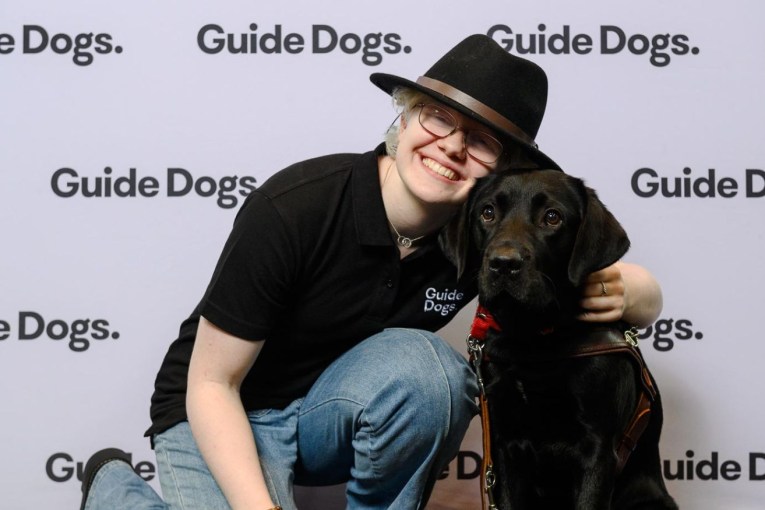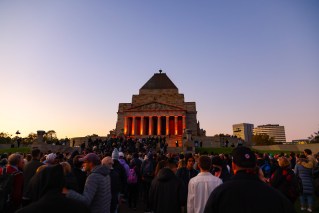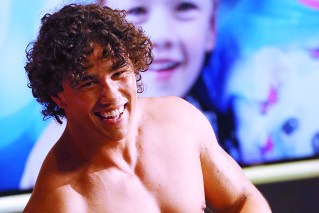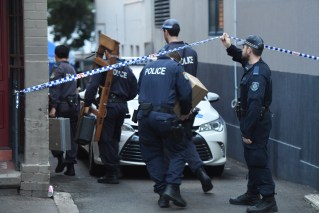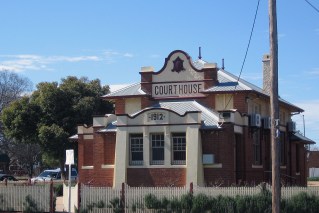COVID vaccine blitz begins for children as states make promises about school return

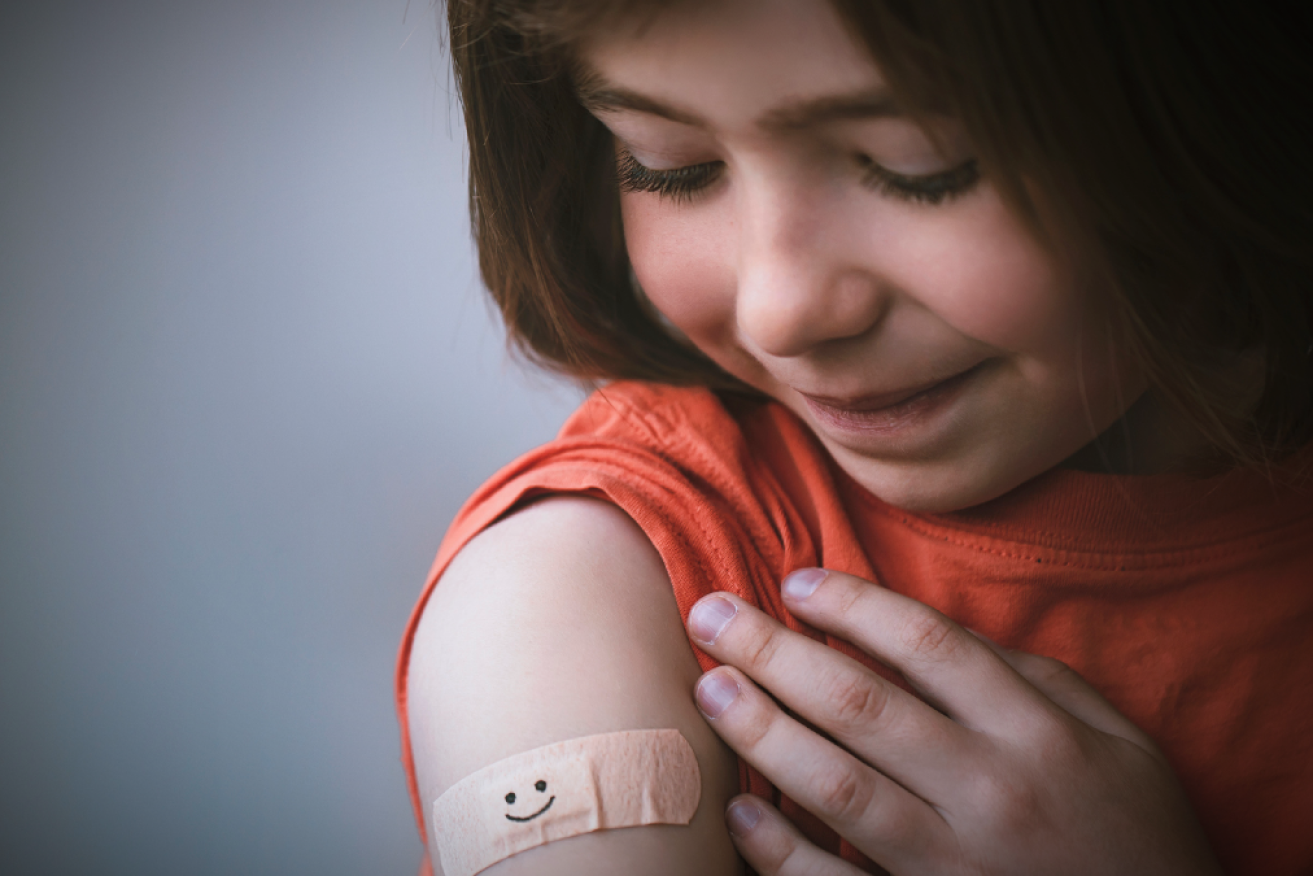
Vaccinating five to 11-year-old children is an important step in protecting ourselves and the community against COVID. Photo: Getty
Nearly 60,000 Australians, on average, are now testing positive to the coronavirus every day.
NSW had its deadliest day of the pandemic on Sunday and hospitals across the eastern states are stretched – to the point that some COVID-positive nurses are being asked to keep working to fill staff shortages.
The spike in cases since the New Year has sent shockwaves through the hardest-hit states.
People in Victoria, NSW and Queensland are imposing their own lockdowns in response to the record surge.
Now families – thousands of which are stuck at home in isolation instead of enjoying summer holidays – want to know whether it will be safe for young children to return to class.
Cue: Lines at vaccine sites as kids roll up for their first doses from Monday morning.
Health Minister Greg Hunt has insisted there is no need to worry as there will be enough COVID-19 vaccines for all eligible children.
Mr Hunt said three million doses will be available in January for the 2.3 million children aged five to 11 who can now get the vaccine.
More than 80 per cent of Australians aged 12 to 15 have had two doses, he said.
“That’s an important sign as we go into the children’s vaccine program,” Mr Hunt said on Sunday.
But Opposition Leader Anthony Albanese said parents were anxious because they couldn’t get appointments for their children.
Mr Hunt conceded not every child will be able to get there jab on a particular day as practices can dose only a certain number of patients each day as shots are spread across Australia’s 8000 vaccination points.
That is to make sure people in rural and regional areas, non-English-speaking areas and lower social economic areas have the same access.
Mr Hunt said more than 6000 general practices would receive child vaccine doses, along with more than 150 Commonwealth vaccination clinics, over 115 indigenous medical clinics, 2000 pharmacies and, at this stage, more than 250 state clinics.

A summary of Australia’s coronavirus fight, as of January 8. Source: Department of Health
The latest vaccine launch came as a total of 20 COVID-related deaths were recorded in NSW and Victoria.
Among the latest people to test positive, is Governor-General David Hurley, who is reported to be experiencing “only slight symptoms”.
“Recent close contacts have been notified. His Excellency is double vaccinated and has received his booster,” a statement from Government House read.
Also on Monday morning, NSW Deputy Premier Paul Toole confirmed he had COVID, as does NSW Governor Margaret Beazley and her husband, Dennis Wilson. Mr Toole said in a Facebook post that he had only minor symptoms, while Ms Beazley and Mr Wilson are also reported to be suffering minor “flu-like” symptoms.
On Sunday, NSW had 30,062 virus cases and its highest number of deaths since the pandemic began, at 16 fatalities.
Victoria posted a further 44,155 infections and four deaths.
Elsewhere, Queensland reported 18,000 cases, Tasmania 1406 and the ACT 1039.
Queensland’s growing caseload prompted the state to announce it would delay the start of school year by a fortnight.
Here’s a wrap of what we know so far about coronavirus cases and school decisions in the most-impacted states.
- Read more: Here’s what to do if you’ve tested positive
Victoria
Victorian children aged five and over can get COVID jabs as the state government pushes back on calls to delay the start of the school year.
Acting Premier Jacinta Allan said Victoria would double the number of state-run vaccination sites for children aged 5-11, with 36 sites across Victoria.
Most state clinics will begin vaccinating that age group from Monday, with support offered to kids suffering anxiety about vaccination or with developmental disabilities, autism or sensory needs.
Ms Allan said there were no plans to change the school return date in Victoria.
“We have no announcements to make around the return to school, other than we are working towards school resuming,” Ms Allan said.
“Our focus here in Victoria – is a return to school plan, which vaccination is part of.”
She said the government would review all settings, including school, work and health, as case numbers grow.
On Sunday, Victoria was managing 146,863 active cases, with 752 patients in hospital, 108 more than the previous day.
There were 104 people in intensive care and 23 on ventilators.
NSW
January 28 is the non-negotiable date for NSW children to return to school, Premier Dominic Perrottet says, with rapid testing critical to the plan.
A further 50 million RAT kits had been purchased by NSW, on top of 50 million already held in reserve, Mr Perrottet said on Sunday.
The announcement came as NSW reported its deadliest day of the pandemic, with 16 deaths related to the coronavirus.
There were also 30,062 infections reported from fewer than 100,000 conventional PCR lab tests.
That compared with the more than 44,000 cases posted in Victoria, but the latter has been forced to sort through a messy backlog of infection registrations via its new online RAT reporting capacity.
NSW is yet to launch a similar system but Mr Perrottet said he was advised the switch would happen by mid-week, with case numbers expected to surge afresh as a result.
The new rapid tests would be instrumental in getting kids back to school, he said.
“We are finalising our back-to-school plans at the moment. This will be a core part of the plans getting kids back in the classrooms,” Mr Perrottet said.
“There will be challenges as we move through the return-to-school program but ultimately we can’t let perfection be the enemy of good. We need kids back in class.”
The state’s latest virus fatalities were eight women and eight men in their 60s, 70s, 80s and 90s. All were from Sydney except one from the central coast and one from the south coast.
There are 1927 virus patients in NSW hospitals, 130 up on the previous day. Of them, 151 are in intensive care with 38 needing ventilation.
Changes to workplace restrictions and transport timetables have been announced to try to ease the impact on delivering critical services.
Food logistics and manufacturing workers furloughed as close contacts are now allowed to leave self-isolation to work if they have no symptoms.
They must wear masks and comply with risk-management strategies including daily rapid tests.
The rules apply to critical workers in biosecurity and food safety, the production and manufacturing of food, beverages, groceries, cleaning and sanitary products, and food logistics, delivery and grocery fulfilment.
The Transport Workers Union lashed the changes as reckless, while the Shop, Distributive and Allied Union warned authorities to ensure staff did not become the targets of abuse due to food and other shortages.
NSW train and bus timetables will also be adjusted from Monday to help provide services while managing staff shortages.
Queensland
The start of the school year will be delayed two weeks for most Queensland children after the state had another 18,000 COVID-19 cases.
The cases emerged after 37,951 tests in the 24 hours to 6.30am on Sunday, taking Queensland’s total active infections to 80,563.
Premier Annastacia Palaszczuk said it was far too risky to send children, who are mostly unvaccinated, back to school on January 24, when public health experts and epidemiologists believe the outbreak will likely be peaking.
Tweet from @AnnastaciaMP
“It is not desirable to have our children back starting school during the peak of this wave,” the Premier said.
“The decisions that we have taken today will enable children to still get their full learning, but it will mean that parents can be confident that their children will not be going to school during the peak of this wave.”
Year 11 and 12 students will start remote learning on January 31. All other students will start their academic year on February 7.
Students in year 10 and younger will make up for the delay with an extra week of school in December.
The children of essential workers will also still be able to go to class with a skeleton staff of teachers to remain on school grounds.
Queensland’s COVID case and hospitalisation numbers, and the vaccination rate among five-11-year-olds, will be reviewed over the next fortnight to see if children need to be kept home for longer.
Chief health officer John Gerrard said there were 422 people in hospital with 22 in ICU, five of those on ventilators.
However, he said the number of hospital patients was expected to jump as the state’s COVID outbreak starts peaking sometime next week.
“We expect that there will be a substantial increase, probably from about a week from now and healthcare my colleagues in hospital system need to be prepared for that,” Dr Gerrard said.
“Recalling that most of the people that we have seen so far with this infection have been young, and so they’re getting mild symptoms, but we know that the virus will be spreading into the older age groups.
“I particularly implore those people who are entitled to receive the third dose of vaccine, that booster – that is they’ve had their second dose four months ago or more – please please get your booster now. It will protect you from hospitalisation and severe disease.”
-with AAP
